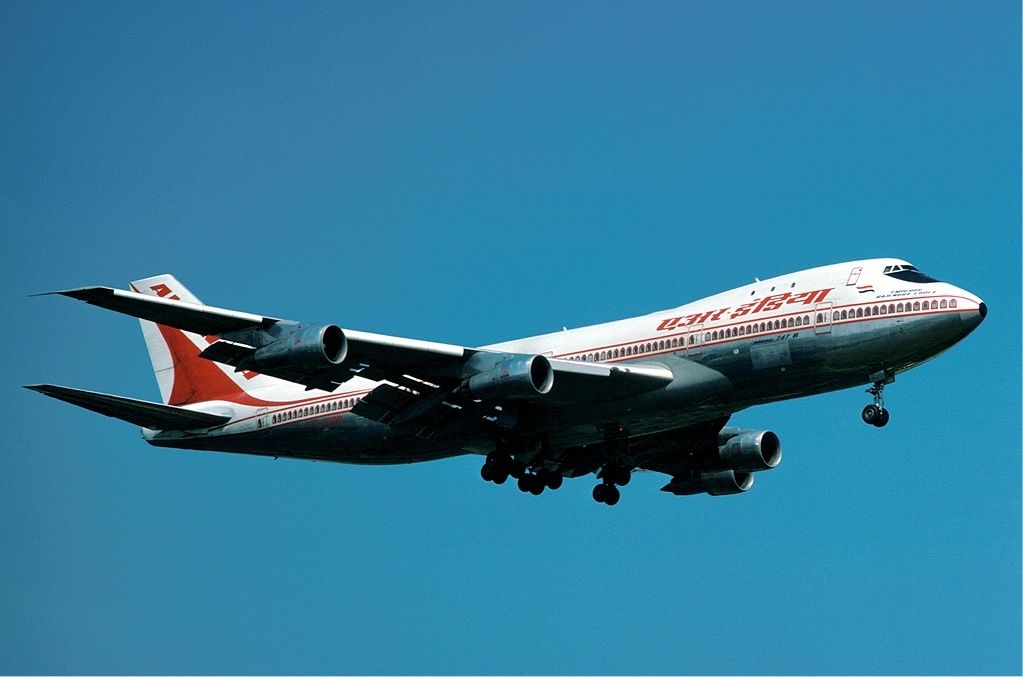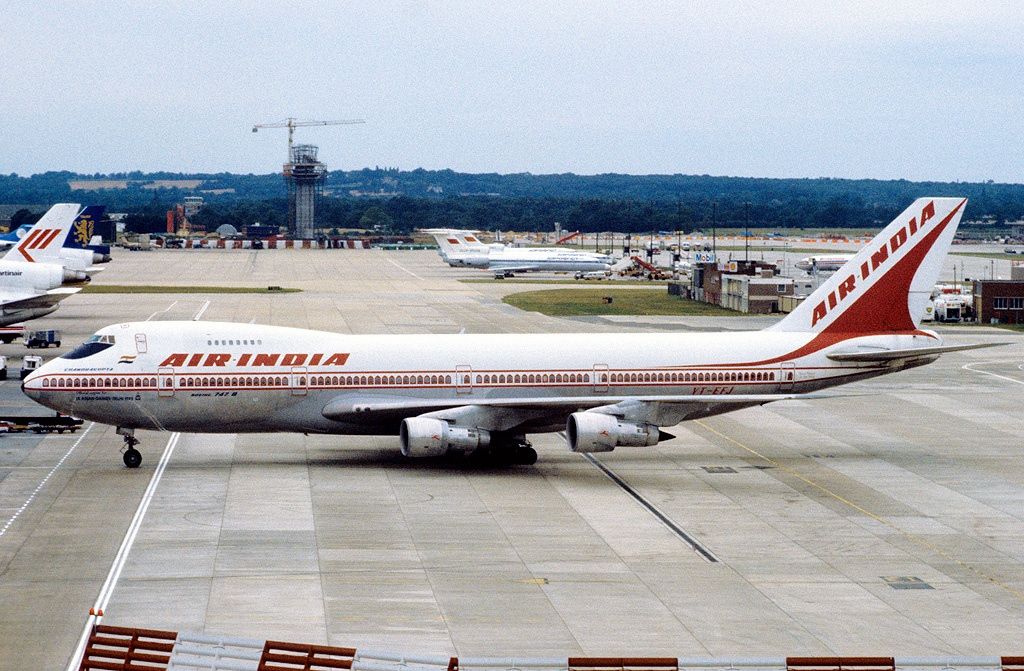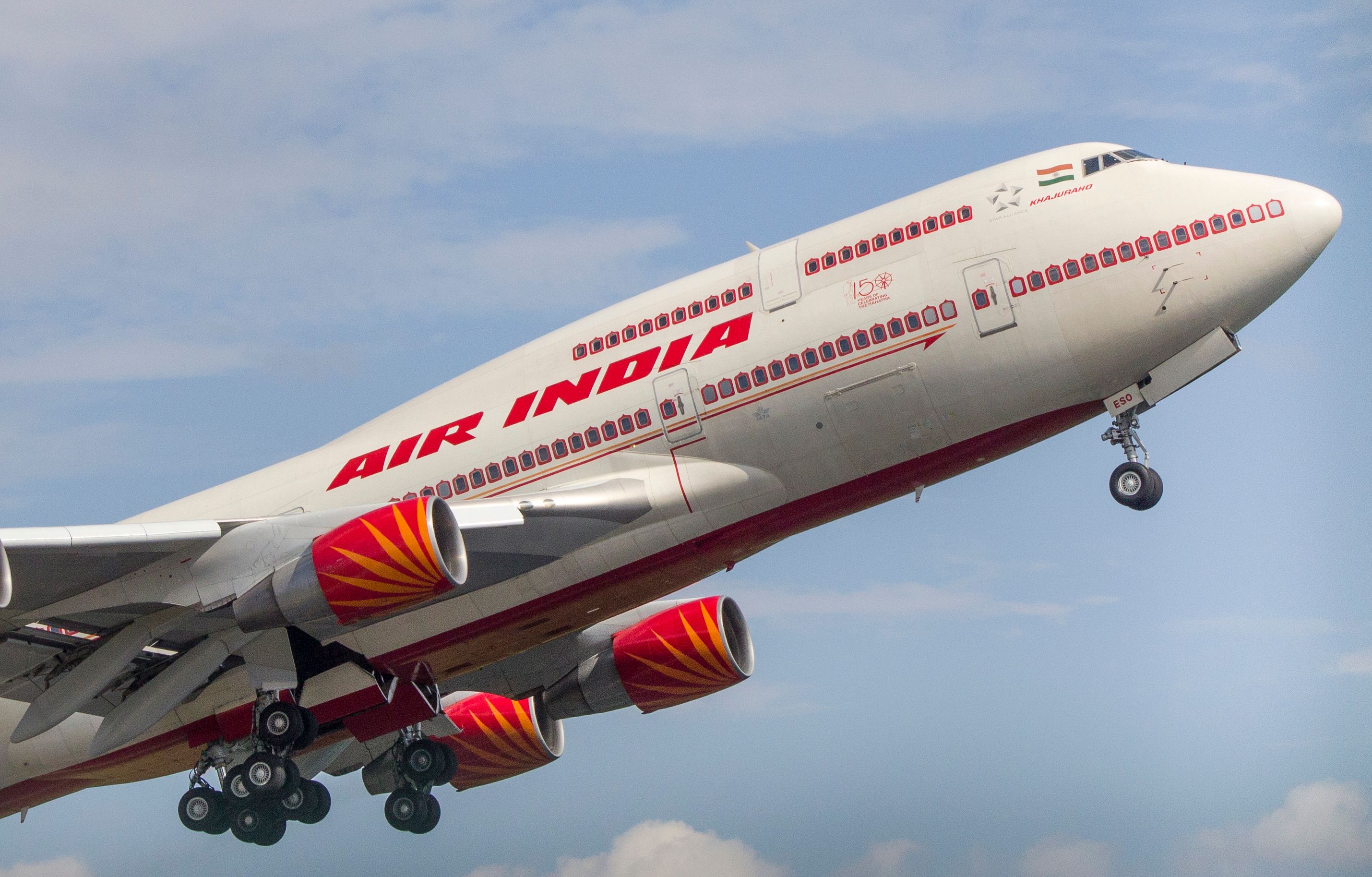Few airplanes can rival the popularity of the Boeing 747. Launched in 1969, the 747 offered a faster, more affordable long-distance traveling experience, with never-before-seen spacious cabins boasting twin aisles. Within a decade, the jumbo jet redefined air travel around the world, including in India, where it became synonymous with the country’s most aspirational 'golden years' of air travel. Let’s find out more about this bygone era.
Key routes served
India’s tryst with the 747 began when national carrier Air India acquired its first jumbo in 1971. Air India had already been operating an all-jet fleet by then, but this new addition further consolidated its position as a luxury carrier.
Air India deployed the 747 to serve the United Kingdom initially and soon introduced it on the popular London-New York sector. With the 747, Air India became one of only four carriers at the time with daily service between the two cities; the other three were BOAC, Pan Am and TWA.
The 747 on this key route was a huge boost for Air India’s international image. The airline did everything it could to create buzz around it, including frequent full-page advertisements in the New York Times.
Palace in the sky
The timing of the 747 couldn’t have been better for Indian aviation. Onboard services of Indian carriers were already comparable and sometimes cited as even better than other legacy carriers at the time. The 747 further added to the brand value.
Stay informed: Sign up for our daily and weekly aviation news digests.
Air India named its first few 747s after famous Indian Emperors – the first one was called Emperor Ashoka. Its enormous size made long-distance travel far more comfortable and allowed for breathtaking interiors. Rich tapestries and art inspired by Indian motifs as well as the famous “jharoka window” livery were unlike anything air travelers had seen before.
The spacious 747 allowed for amenities such as lounges and bars, which in the ‘70s was quite revolutionary. Renowned for its onboard hospitality, Air India was quick to cash in on the novelty of the 747 by designing unique menus inspired by the four seasons (spring, summer, autumn and winter) and converting the upper deck into luxurious "Maharaja" lounges famously branded as "Your Palace in the Sky".
A beacon of hope
The 747 brought air travel slightly more within the reach of the masses, if not completely. The capacity of the jumbo along with its fuel-efficient engines, compared to Air India’s previous fleet, brought the costs down. This meant that more Indians could aspire to fly.
The aircraft also featured quite often in pop culture. It was not uncommon to see in Indian films clips of the enormous Air India 747 taking off – a sight that conjured images of greener pastures of the West for many aspirational Indians. Air India’s trusted workhorse also efficiently served the Indian diaspora all through the 70s and 80s by flying to key routes in the west such as UK, US and Canada.
End of an era
The story of the 747 today couldn’t be more different. With airlines around the world retiring the jumbo from their fleets, Air India, too, has removed its four remaining 747-400s from its fleet. The four jets were placed in storage at the start of the pandemic and subsequently retired.
Air India has chosen Skytech-AIC to market the sale of the planes, which are aged between 26 and 30 years each with a chance they could be converted into freighters by interested parties.
But it’s not just Air India saying goodbye to the jumbo. After more than five decades, aircraft manufacturer, Boeing, too, rolled out its last Boeing 747 out of its production line at Paine Field in Everett, Washington. The 1574th Boeing 747 will go through test flights before being delivered to Atlas Air early next January.
It’s the end of an era, indeed!
What do you feel about the contribution of the 747 to Indian aviation? Would the golden age of air travel in India have been different without the jumbo?




